On January 17, Benedict XVI went to the main Jewish Synagogue of the Eternal City. The German Pope and the Jews of Rome met as brothers, speaking without reserve, but they first agreed on one point: Jewish-Catholic dialogue must continue.
- At the papal villa in Castel Gandolfo, Benedict XVI received the credentials of the new U.S. Ambassador to the Holy See, Miguel Diaz, former professor of theology (October 2).
- Celebrating the 1,950th anniversary of St. Paul’s arrival in Malta, Benedict XVI visited Malta (April 17-18). On a 27-hour visit the Pope met with eight victims of priestly sex abuse in Malta and promised them the Church would do “all in her power” to bring offenders to justice and protect children.
- Pope Benedict paid a day-long visit to Turin, celebrating an outdoor Mass, venerating the Holy Shroud in Turin’s cathedral, meeting with young people and visiting the sick (May 2).
- The “altar of the world”: Benedict XVI visited the sanctuary of Fatima, where Mary appeared to three shepherd children in 1917. The Pope also celebrated Mass in Lisbon, Fatima and Porto, Portugal (May 11-14).
- Pope Benedict visited Cyprus in June (4-6) to present the Middle East Synod document. The synod would be held at the Vatican October 10-24 and focus on “communion and witness.” He gave the document to representatives from the Latin-rite, Maronite, Melkite, Armenian, Coptic, Chaldean and Assyrian Catholic Churches living in countries from Egypt to Iran. The synod working document was prepared by a committee of patriarchs and bishops from the Middle East and representatives of Vatican offices dealing with ecumenism, interreligious dialogue, Eastern Catholic Churches and evangelization.
- Italian Archbishop Rino Fisichella was appointed (June 30) as the first president of the planned Pontifical Council for the Promotion of the New Evangelization. Fisichella’s task is to reawaken the faith in traditionally Christian parts of the world, particularly Europe and North America. The idea is that, while the countries within Christendom today were first “evangelized,” or converted to Christianity, many centuries ago, today they stand in need of a “new evangelization” because of a decline of the faith in the West.
- The Vatican declared Benedict XVI’s four-day visit to Great Britain a success. The UK gave a very warm welcome to the pontiff during his first visit to the country (September 16-19).
- Arriving in Scotland (September 16), Benedict XVI appealed for preservation of the country’s long Christian tradition and warned against “aggressive” forms of secularism and atheism. In Scotland, the Holy Father also met Queen Elizabeth, who is the Supreme Governor of the Church of England and who, in her speech, said that the Pope’s presence “reminds us of our common Christian heritage.” The Queen also underlined the importance of dialogue and said that Britain and the Pope “stand united” in the conviction that “religions can never become vehicles of hatred.” In England, Benedict XVI met with representatives of Great Britain’s Jewish, Muslim, Hindu and Sikh communities. The Pope and Anglican Archbishop Rowan Williams of Canterbury had an ecumenical prayer service in Westminster Abbey.
- In a personal meeting (September 18) with five victims of clerical sexual abuse, Benedict XVI expressed his “deep sorrow and shame” over their suffering and promised the Church would do “all in her power” to investigate cases of abuse and safeguard the young.
- In Birmingham (September 19) Benedict XVI beatified Cardinal John Henry Newman and said his vision of religion’s vital role in society should serve as a model today.
- Benedict XVI visited Santiago de Compostela, and then Barcelona, Spain, where he consecrated the Basilica of the Sagrada Familia (Holy Family) on November 6-7.

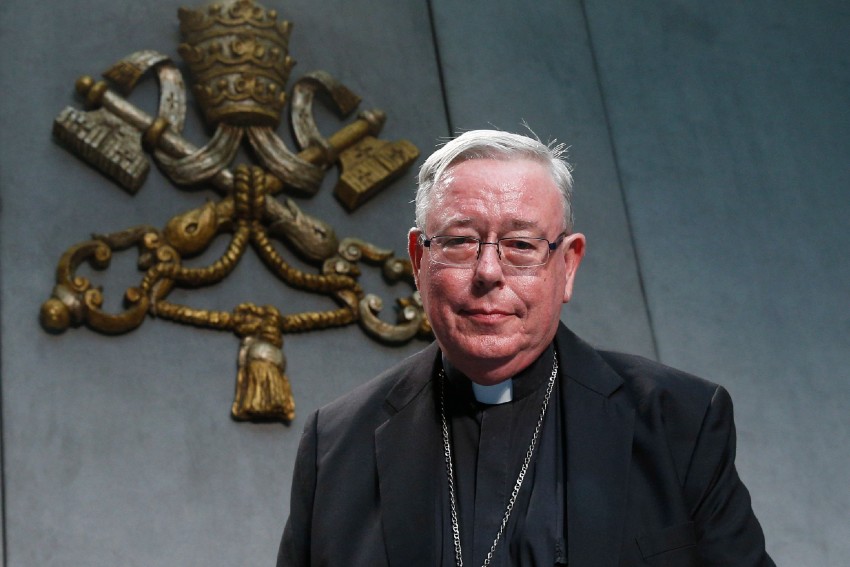
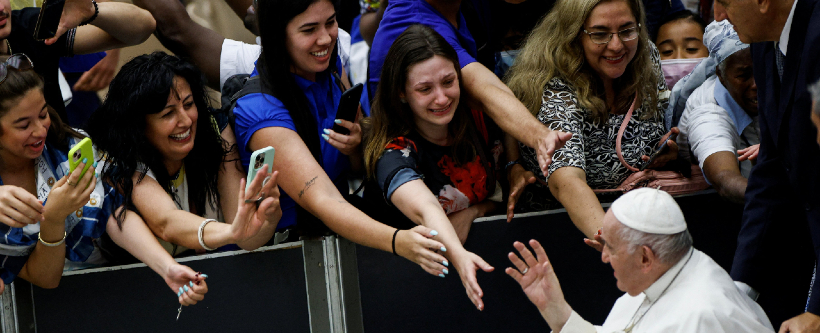
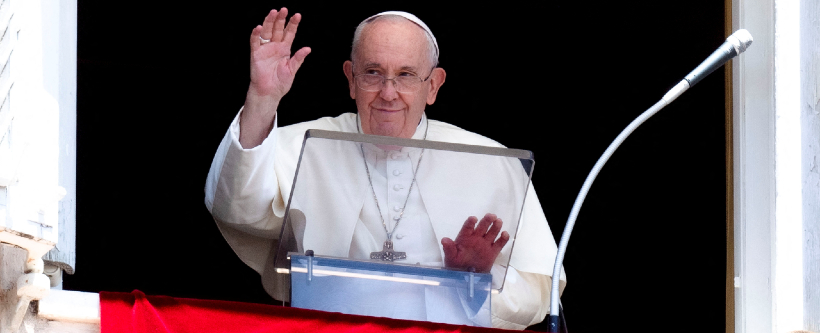
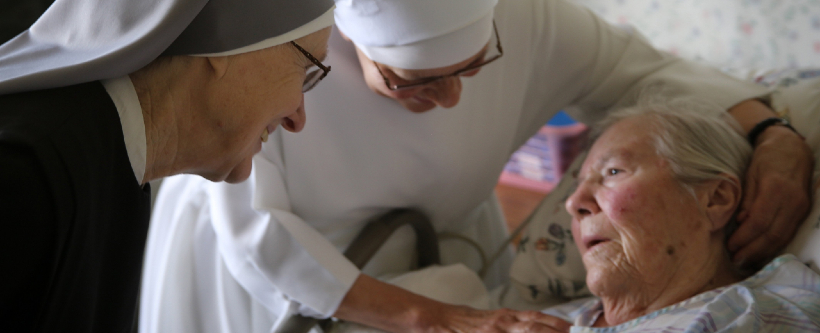
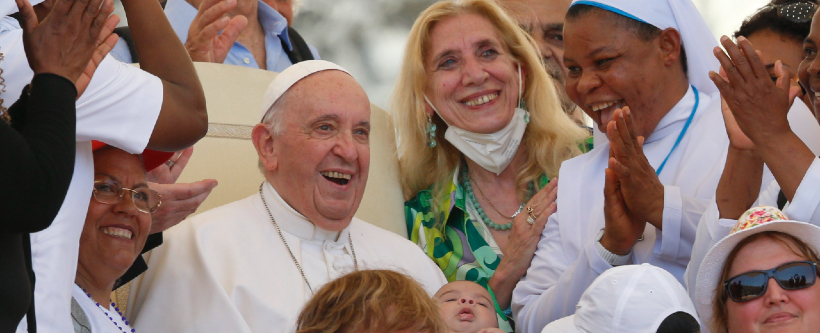
Facebook Comments